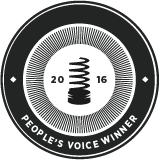Use these links to research chemicals through the data bases of the National Library of Medicine, National Institute of Occupational Safety and Health, OSHA and EPA. The Internet has a huge amount of information on the toxic effects of chemicals. You can download Safety Data Sheets (SDS’s) from several locations however it is best to obtain SDS sheets directly from your employer. The National Library of Medicine has a number of searchable databases that will provide lists and brief descriptions of studies done on health effects of chemicals or industry types. EPA maintains a site where you can find less toxic chemical substitutes.
Haz-Map® is an occupational health database designed for people seeking information about the adverse effects of workplace exposures to chemical and biological agents. The main links in Haz-Map are between chemicals and occupational diseases. These links have been established using current scientific evidence. Haz-Map shows the diseases linked to each agent and the agents linked to each disease. Agents are chemical such as formaldehyde, or biological such as grain dust. Haz-Map links jobs and hazardous job tasks with occupational diseases and their symptoms.
User can search for chemicals by name and CAS #. Also available is the annual report on Carcinogens. The National Toxicology Program is a collaborative effort between several government agencies.
Search Chemicals under Study by NTP
National Institute of Occupational Safety and Health – NIOSH
- NIOSH conducts research and makes recommendations to OSHA on regulatory improvements. NIOSH recommended exposures limits are lower than OSHA permissible exposure limits. NIOSH also provides site specific consultation through its Health Hazard Evaluations (HHEs).
- This is the online version of the NIOSH Pocket guide to Chemical hazards. This is a good source for Personal Protective Equipment. Also available as a smartphone app.
NIOSH Health Hazard Evaluations
- NIOSH provides assistance and information by phone and in writing, or may visit the workplace to assess exposure and employee health. Based on their findings, NIOSH will recommend ways to reduce hazards and prevent work-related illness. The evaluation is done at no cost to the employees, employee representatives, or employers.
Agency for Toxic Substance Disease Registry (ATSDR)
- ATSDR was funded to study the health effects of chemicals that are found in contaminated sites. Check out ToxFAQs for quick synopsis of health effects. Check out the Minimum Risk Levels (MRLs) and compare these to OSHA PELS!
PubMed: Abstracts from Biomedical Journals
- PubMed, a service of the National Library of Medicine, provides access to over 12 million MEDLINE citations back to the mid-1960’s and additional life science journals. PubMed includes links to many sites providing full text articles and other related resources.
TOXNET
A cluster of databases on toxicology, hazardous chemicals and environmental health
These include:
HSDB (Hazardous Substance Data Bank)
- This provides a chemical specific search that produces a report on human and animal toxicity, safety and handling and environmental fate. This is a good place to start a search using key words like “spray paint” or specific chemical names.
IRIS (Integrated Risk Information System)
- Hazard identification and dose-response assessment for over 500 chemicals
New Jersey Hazardous Substance Fact Sheet
- These fact sheets provide a quick reference to specific chemicals that may be listed on a SDS sheet.
Material Safety Data Sheets (MSDS)
- This is the one of three sites that maintains SIRI MSDS searches





UAW Statement on New York Mayoral Primary Race
UAW President Shawn Fain on NYC Mayor’s Race: “We don’t need another hack politician like Cuomo”
UAW Hails Decision of Federal Judge to Restore Terminated NIH Grants